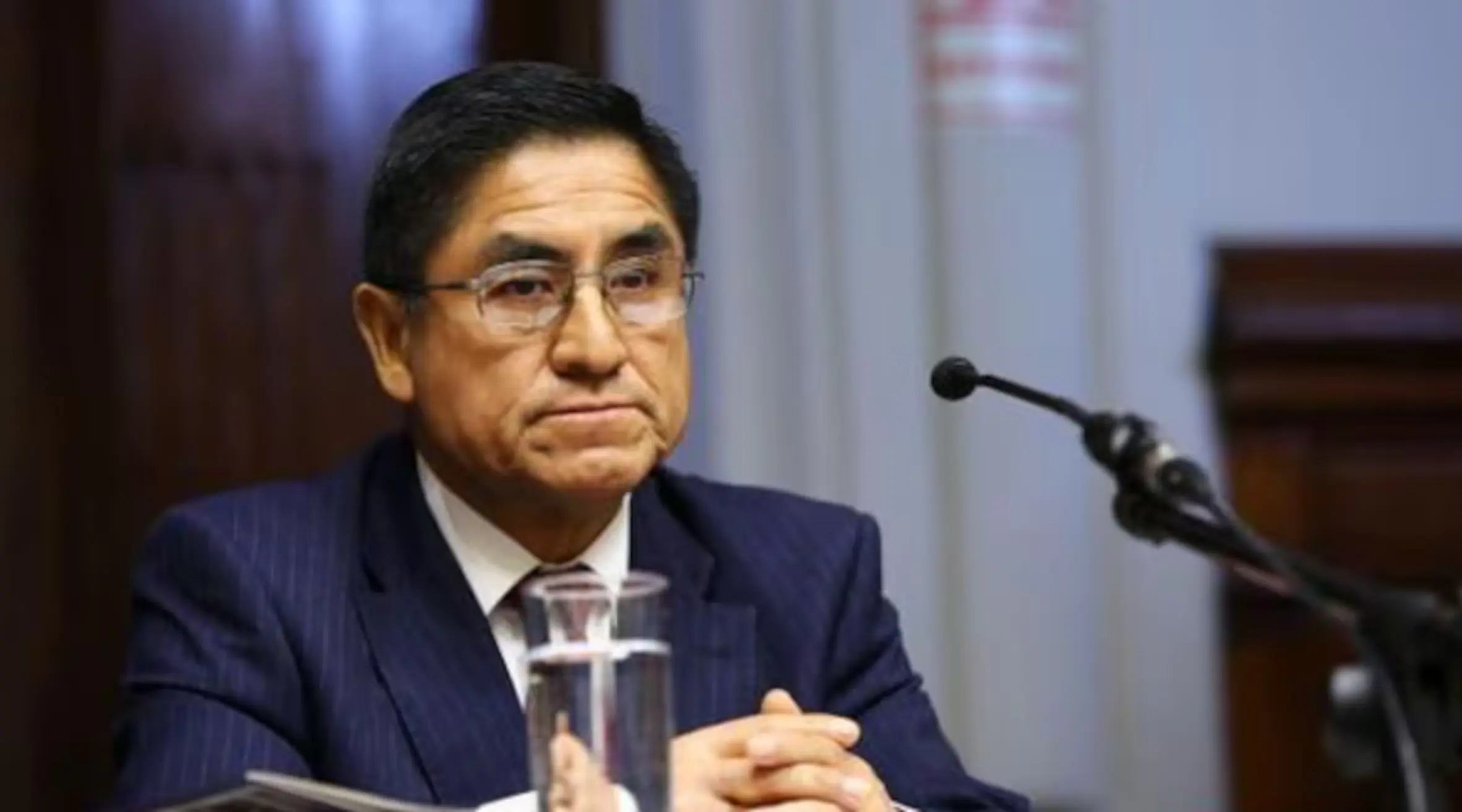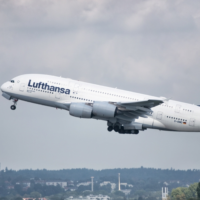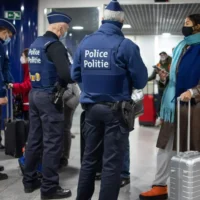Brussels (Brussels Morning) – Former top Peruvian judge César Hinostroza, accused of judicial collusion, is photographed in Brussels amid ongoing extradition efforts by Peruvian authorities.
Last month the Peruvian press showed a leaked photo of a man in his sixties at the entrance of an apartment building in Brussels. A man named César Hinostroza was posing in a photo. He is the former top judge and accused of conspiring with other judges, prosecutors, lawyers, civil servants and politicians. They were in cahoots to command sentences in a certain direction or reduce sentences. Within the National Council of the Magistracy, which appoints and estimates magistrates, they placed promotions and appointments.
What allegations surround César Hinostroza’s judicial career?
The story started rolling in July 2018 when audio recordings were leaked in which the suspects discussed cases with each other. Among others, the president of the Callao Court of Appeals was heard on them. Callao is located near the Peruvian capital Lima and is home to the country’s main port – hence the reference to that port in the gang’s name.
The Callao court president became a key witness in the case and provided material to 38 investigations, including that of his ex-colleague Hinostroza. The scandal has caused a great deal of commotion in Peru, which has been struggling with a raging political and institutional crisis for years.
What role did audio recordings play in the scandal?
As president of a chamber within the Supreme Court, Hinostroza was an influential figure. From his position, he is said to have helped fix the appointment and evaluation of magistrates, but the most damning was an audio recording in which he appears to discuss a settlement for a suspect in the rape of an 11-year-old.
How did César Hinostroza become a fugitive from Peru?
In October 2018, the suspect judge fled the country, despite a ban on leaving Peru. Hinostroza ended up in Spain via Ecuador, only to turn up in Brussels a few years later. In September 2023, the Peruvian weekly Hildebrandt published a photo of the man at a tomato stall at a Brussels market. This was recently joined by the photo of the apartment building, near Woluwe Shopping Center.
Through the Argentine international newspaper Infobae, it became known at the end of June that the Peruvian justice is working on an extradition request that will come to Belgium. With his stay in Brussels, Hinostroza joins a group of internationally wanted people who settle here. A few years ago, for example, the Ecuadorian ex-president Rafael Correa ended up in Brussels.
Who else sought refuge in Brussels and why?
The most famous is that of Catalan politician Carles Puigdemont, who came to Belgium in 2017 after an illegal referendum on Catalan independence. “For him, the N-VA needed to be in the federal government, and so there was some sympathy for the Catalan issue. But of course, Brussels is also the capital of Europe. That also plays a role,” says retired lawyer Paul Bekaert.
Bekaert upheld Puigdemont and many others who were subject to a request for extradition or surrender.
“That case inspired Puigdemont to come to Belgium at the time,” says Bekaert. “At the time, there was also another long-running extradition request, against Maria Natividad Jáuregui (she was extradited in 2020, ed.). In the same period, there was the case against Spanish rapper Valtonyc, where extradition was also refused. In the Spanish-speaking world, those files did gain some traction, which can persuade others to come here. But if you compare it to Switzerland, the appeal of Belgium is rather relative. Many extraditions are granted



